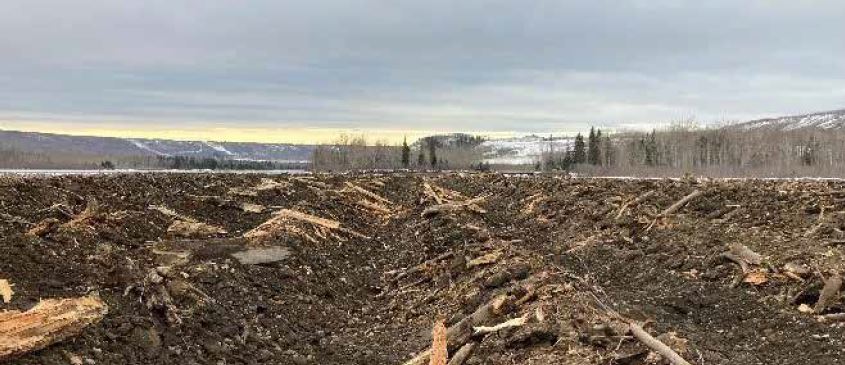Environmental Programs
Our goal is to protect the environment and reduce the environmental impacts of Site C. Our programs focus on protecting wildlife, fish, vegetation, air, water, the aquatic environment, as well as heritage and archaeology.
Environmental Programs Nav
Restoration Efforts
After the Site C dam is built, we’ll begin a process called reclamation, which is how we restore the temporarily disturbed areas to its natural pre-construction state. All construction structures and equipment will be removed, and reclamation will take place over several years.
In consultation with First Nations, we develop reclamations which look at factors like landscape, soil conditions, hydrology, and vegetation.
Collecting seeds and plants
We collect seeds and plant cuttings from the Site C project area, as it’s best to gather plants that are locally adapted. We then grow the seedlings at nurseries and keep them in cold storage. Seeds are cleaned, dried, and tested before also being stored.
We’ve collected and grown thousands of seedlings, such as trembling aspen, balsam poplar, white spruce, willow, and alder.
Growing seedlings
Once areas are ready for reclamation, we place seedling orders with nurseries. These nurseries get the seeds and cuttings to grow the orders.
The plants are grown for two years, and then in the spring they are delivered to site.
Preparing the ground
We prepare the ground by landscaping it to match its pre-construction state.
Preparation includes loosening the ground to increase water absorption, help roots take hold, and provide shelter for small seedlings. We also spread coarse woody debris to provide shelter and add nutrients.

Planting seedlings
In early spring, nurseries deliver the seedlings to the site, where they’re planted.
Each seedling is carefully placed in a spot with the right loose prepared soils, lighting, and spacing. Some plants prefer sheltered north-facing sites, while others prefer drier south-facing sites.
Monitoring
We will monitor the survival and health of the seedlings and share monitoring results with First Nations. Any lessons learned will be incorporated in future reclamation planning.